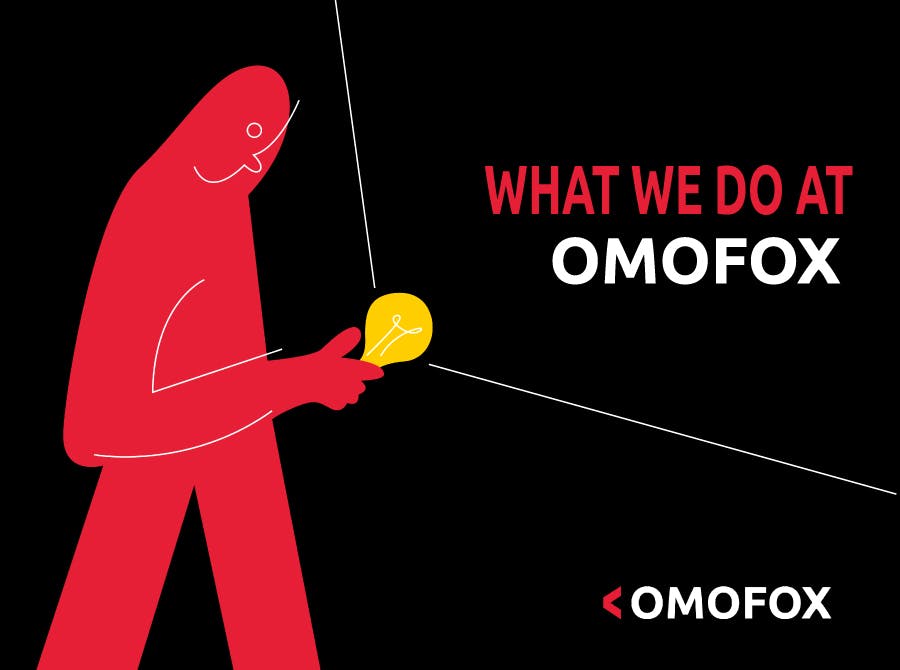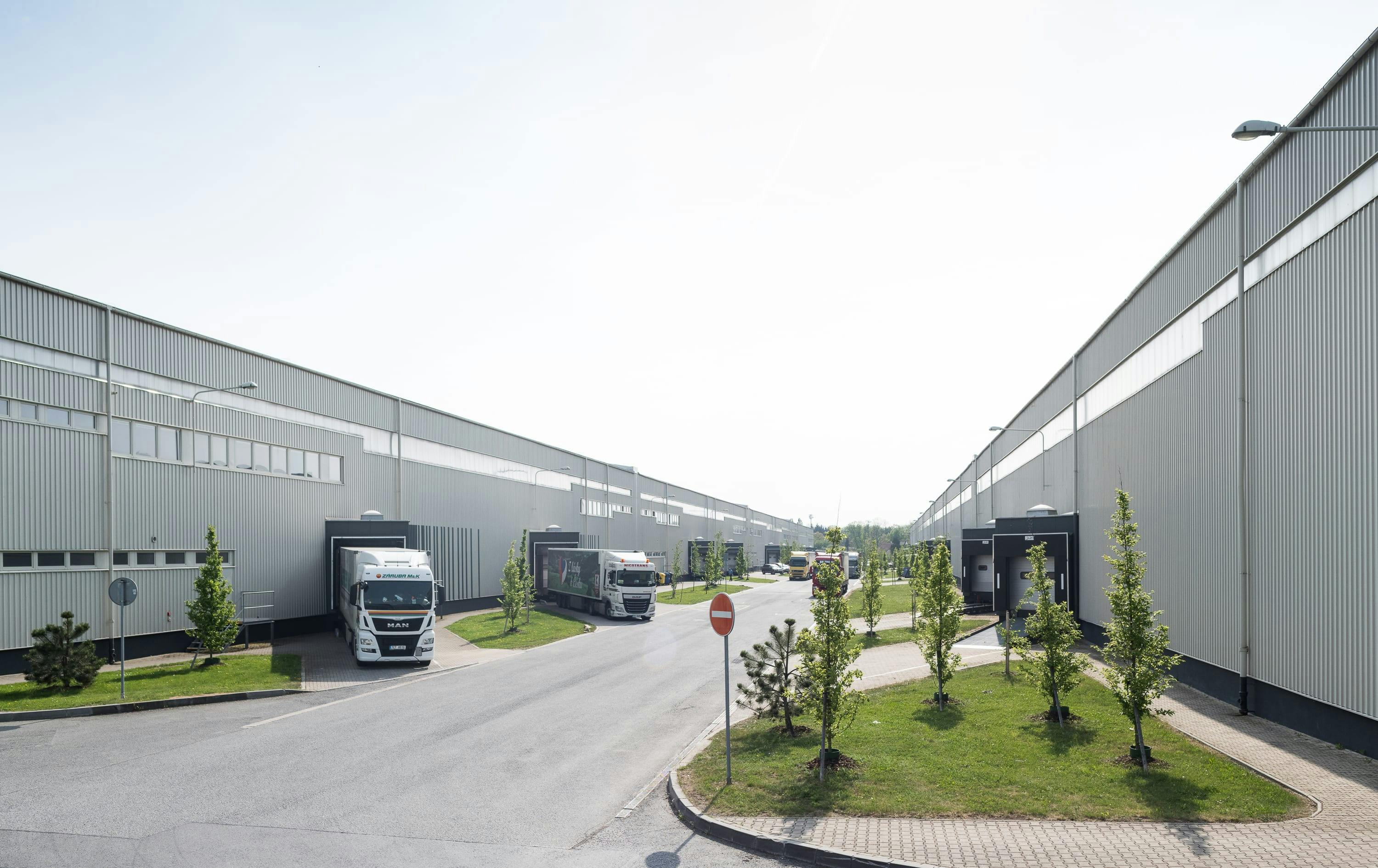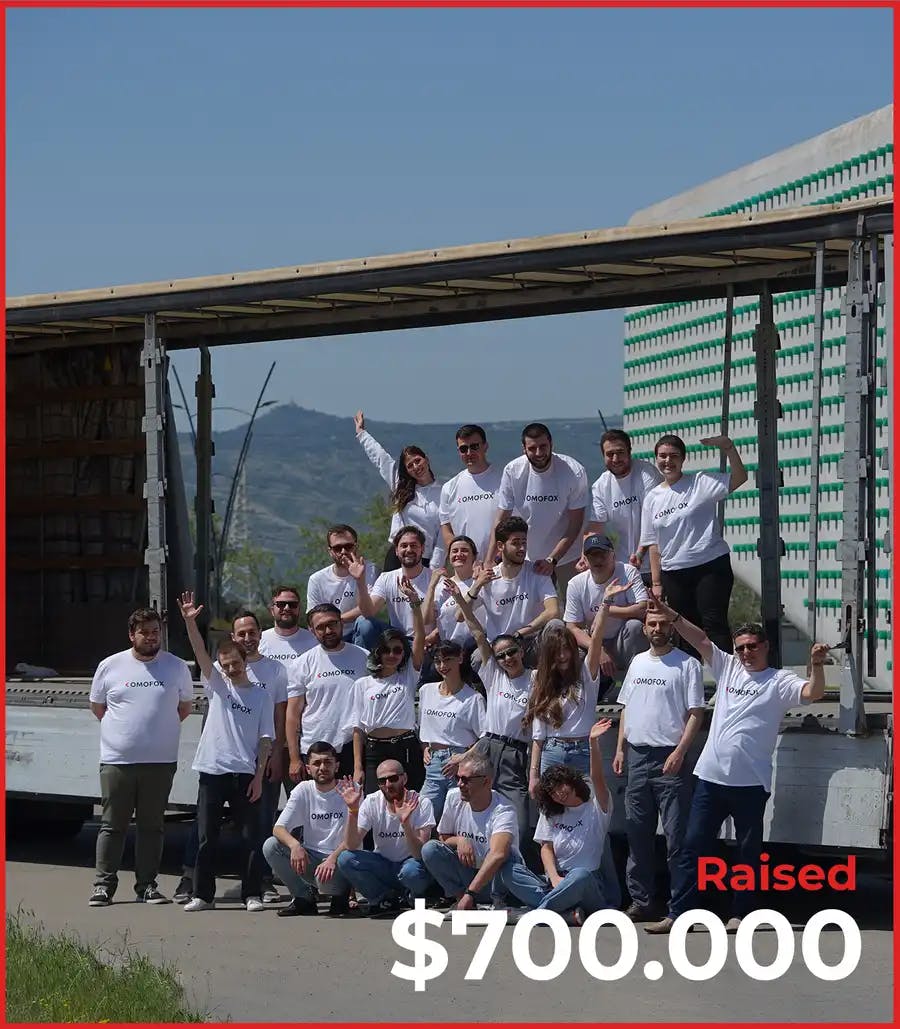What We Do at OMOFOX

Introduction
People thought we are developing a product, where we are matching two sides with each other. The customers who want to ship their items and carriers who want to transport them. Like an Uber or Bolt pairing each other with customers and drivers for ride-hailing. So, I will try to explain here much better what we do.
Freight & Parcel
Most of the time people never think about what is difference between freight and parcel. In actuality, there are two different things. For us, a parcel is an item that can be delivered by human hands. Any item which can’t be delivered by human hands is freight. It's how we define freight.
Freight & Parcel Shipping
For better imagination, when you are buying one T-shirt from Amazon, this is parcel shipping. We have well-known parcel shipping companies like DHL, FedEx, UPS, etc. For example, when your iPhone will be picked up by a FedEx courier from an Amazon warehouse after a few hours or days, it will be delivered by FedEx courier to your address.
Parcel shipping companies spent decades developing the entire network. They have their own offices, warehouses, distribution centers, vehicles, and aircraft. All of them focused on small parcels, mostly under 100 kg. You can track your parcel, which is good for the customer. Overall they are creating a much better customer experience if we compare customer experience during freight shipping.
Freight Forwarding
Imagine you want to ship 5000 T-shirts from Shanghai, China to Amazon Warehouse in the USA. This is what we called freight shipping. Here is where you need to Contact Us because it's impossible to find a company around the world, which can ship the freight as a parcel. None of the companies can scale to own all assets for it: containers, ships, warehouses, cargo planes, trains, and more in every country.
Our responsibility is to use the right partners and manage the complexity of the process to keep moving your freight. Our job is to find trucks, book a space on the ship, pass customs, and deliver your freight to the final destination.
Traditional & Digital
A few years ago in the forwarding industry, we get a new sentence: Digital Freight Forwarders and existing freight forwarders called: Traditional Freight Forwarders.
The coordination and management of the freight forwarding process require a lot of interactions from the different parties. Communication and changing information between the involved parties are keys. Sometimes different parties need more than 20 interactions: emails and calls from booking to delivery of the shipment. Also, we have different country customs policies, languages, cultures, and behaviors of work ethic. Some of them prefer to communicate with you by Whatsapp, Email, Calls, etc. Traditional Freight Forwarders are requiring a huge amount of human energy and effort to do all of it.
We believe the future of Freight Forwarding is digitizing. We as a Digital Freight Forwarder, develop the right technological tools for the customers and our logistical team members to increase their efficiency with a mix of technology. As I told you, during the process, we are generating a huge amount of unstructured data, which is structured today by humans. We are structuring them by technology and let give humans more time to do their best.
Conclusion
The whole Supply Chain industry is still untouched by enough technology. Most of the players in the industry just forget the main: Customer Experience, due to the complexity of the process. We believe, the most stable way to create the best customer experience is coming from mixing with technology.
Related stories
Back to blogs


OMOFOX’s journey from bootstrapping to the first investment
